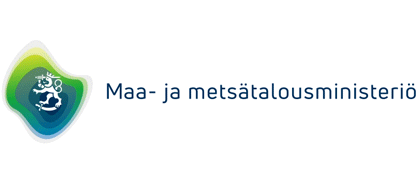Importing food of animal origin from non-EU countries
Import requirements
Foodstuffs of animal origin include meat, meat products, milk, milk-based products, fishery products, birds’ eggs and egg products, honey and other apiculture products, frogs’ legs and snails. Foodstuffs of animal origin also include composite products that contain processed products of animal origin. “Imports” refer to the movement of food of animal origin from non-EU countries (“third countries”) to the EU. However, if the foodstuffs are brought from a country that is considered equal with EU Member States based on an agreement between the country and the EU, the movement is not considered importation from a third country but import from the internal market. Such countries include, for example, Norway and Switzerland.
Import requirements vary slightly depending on whether foodstuffs are imported for commercial purposes or as samples, carried by travellers or sent to private individuals as postal parcels. Import requirements are largely harmonised in EU legislation, which means that apart from a few exceptions the same rules apply to imports into all EU countries. There are also certain areas in which the requirements have not been harmonised at the EU level, allowing Member States to set their own requirements for the import of the food in question. Unharmonised foodstuffs include, for example, reptile meat and live freshwater crayfish.
Control
Commercial imports of foodstuffs of animal origin from third countries are only permitted via approved veterinary border inspection posts (BIPs) on the external borders of the Union. The purpose of veterinary border inspections is to ensure that foods of animal origin imported to the EU meet the relevant food hygiene and animal health requirements. Apart from a few exceptions, consignments that pass the veterinary check can be placed on the market throughout the EU.
Safeguard measures
If a factor that may directly or indirectly cause serious risk to human or animal health is present or spreading in a third country, the Commission will establish a temporary import restriction, i.e. a safeguard measure.
Further information and links:
Further information on imports of foodstuffs of animal origin and veterinary border inspections is available from the Finnish Food Safety Authority Evira.
Exporting food of animal origin
Foodstuffs of animal origin include meat, meat products, milk, milk-based products, fishery products, birds’ eggs and egg products, honey and other apiculture products, frogs’ legs and snails. Foodstuffs of animal origin also include composite products that contain processed products of animal origin. The “export” of foodstuffs of animal origin means their movement from the EU to a non-EU country (a “third country”). However, if the foodstuffs are moved to a country that is considered equal with EU Member States based on an agreement between the country and the EU, the movement is not considered exportation to a third country but intra-Union trade. Such countries include, for example, Norway, Switzerland and Iceland.
Export requirements
Exports of food of animal origin to a third country must meet the requirements of the country of destination and any country of transit. The operator exporting the products is responsible for ascertaining and meeting the export requirements. If Finland or the EU has made an agreement with the third country concerning the export of foodstuffs of animal origin, exports must also comply with the provisions of the agreement.
Export control
An operator exporting foodstuffs of animal origin to a third country must be registered in the register maintained by the Finnish Food Safety Authority Evira.
The exports of food of animal origin are controlled by municipal veterinarians and in slaughterhouses and connected establishments by veterinary inspectors. The veterinarian controls that the export consignment meets the export requirements of the country of destination and issues the consignment a veterinary certificate.
Further information
